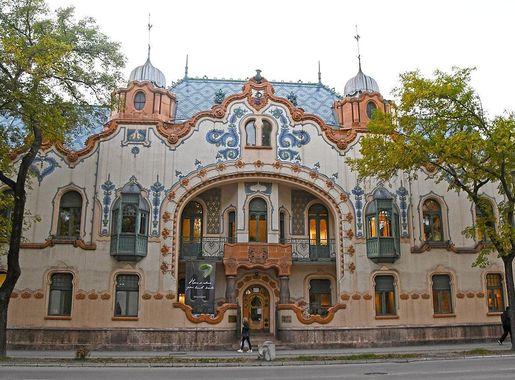
Subotica: A Jewel of Art Nouveau and Multicultural Charm
Discover Subotica: A Serbian city where Art Nouveau architecture meets a rich tapestry of cultures, offering a unique blend of history, cuisine, and natural beauty.
Subotica, located in the northern part of Serbia, is a treasure trove of cultural and architectural wonders. Known for its vibrant Art Nouveau buildings, the city boasts an impressive array of architectural styles that reflect its rich history and diverse influences. Walk through the city center, and you'll be greeted by stunning facades, intricate details, and colorful mosaics that make Subotica a visual delight. Subotica is also a melting pot of cultures, with a unique blend of Hungarian, Serbian, and Croatian influences. This multicultural tapestry is evident in the city's cuisine, festivals, and daily life. Visitors can savor delicious local dishes, explore bustling markets, and partake in traditional celebrations that showcase the city's diverse heritage. Nature enthusiasts will find solace in Subotica's lush parks and nearby Palić Lake. The lake is a popular destination for leisurely strolls, boating, and bird watching. The serene environment offers a perfect escape from the hustle and bustle, making it an ideal spot for relaxation and rejuvenation. With its captivating blend of history, culture, and natural beauty, Subotica promises a memorable and enriching experience for all who visit.
Local tips in Subotica
- Visit the City Hall's observation deck for panoramic views of Subotica.
- Try local delicacies like goulash and fish paprikash at traditional restaurants.
- Explore Palić Lake early in the morning for a peaceful experience and to catch the sunrise.
- Attend the Interethnic Festival in August to experience the city's cultural diversity.
- Use public transport or bicycles to navigate the city easily and sustainably.
Subotica: A Jewel of Art Nouveau and Multicultural Charm
Subotica, located in the northern part of Serbia, is a treasure trove of cultural and architectural wonders. Known for its vibrant Art Nouveau buildings, the city boasts an impressive array of architectural styles that reflect its rich history and diverse influences. Walk through the city center, and you'll be greeted by stunning facades, intricate details, and colorful mosaics that make Subotica a visual delight. Subotica is also a melting pot of cultures, with a unique blend of Hungarian, Serbian, and Croatian influences. This multicultural tapestry is evident in the city's cuisine, festivals, and daily life. Visitors can savor delicious local dishes, explore bustling markets, and partake in traditional celebrations that showcase the city's diverse heritage. Nature enthusiasts will find solace in Subotica's lush parks and nearby Palić Lake. The lake is a popular destination for leisurely strolls, boating, and bird watching. The serene environment offers a perfect escape from the hustle and bustle, making it an ideal spot for relaxation and rejuvenation. With its captivating blend of history, culture, and natural beauty, Subotica promises a memorable and enriching experience for all who visit.
When is the best time to go to Subotica?
Iconic landmarks you can’t miss
Blue fountain
Discover the breathtaking Blue Fountain in Subotica, a vibrant landmark that embodies the city's cultural charm and artistic heritage, perfect for a memorable visit.

Subotica Synagogue
Discover the architectural beauty of Subotica Synagogue, a historic landmark blending spirituality and stunning Art Nouveau design in Serbia.
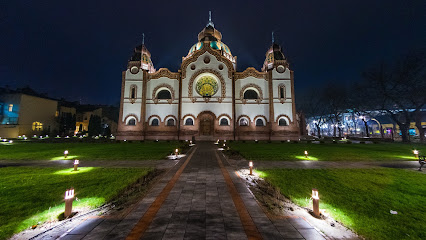
Ferenc Rajhl Park
Explore the natural beauty and tranquility of Ferenc Rajhl Park in Subotica, a perfect destination for relaxation and family fun.
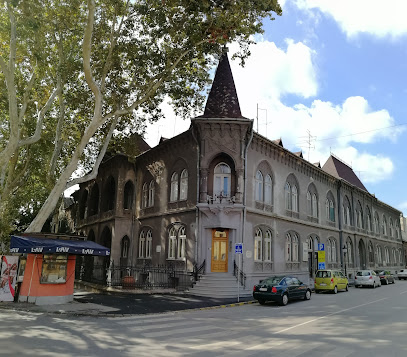
Subotica Sands
Explore the serene Subotica Sands, a nature preserve in Serbia, filled with diverse wildlife, picturesque trails, and breathtaking landscapes.
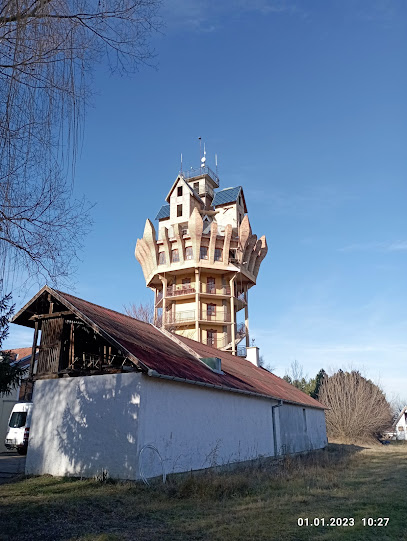
City Hall
Explore the stunning Art Nouveau architecture of Subotica's City Hall, a cultural gem and historic landmark in the heart of Serbia.
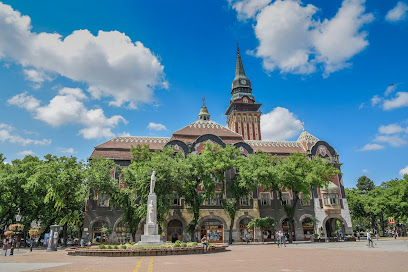
Square of the Victims of Fascism
Explore the Square of the Victims of Fascism in Subotica, a serene memorial park dedicated to the remembrance of those affected by fascist terror.
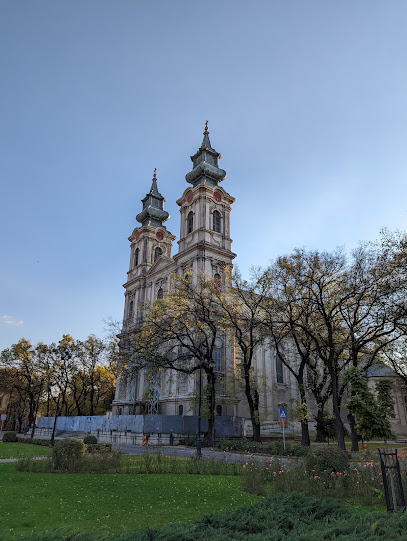
City Museum Subotica
Explore the City Museum Subotica, where the rich history and vibrant culture of Serbia come alive through captivating exhibits and stunning architecture.
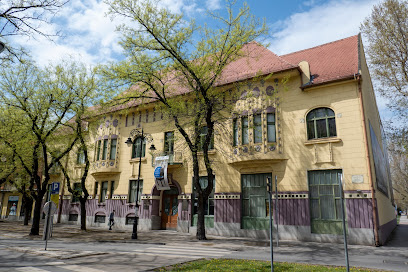
Raichle Palace
Explore the artistic treasures of Raichle Palace in Subotica, where history meets contemporary creativity in a stunning gallery setting.
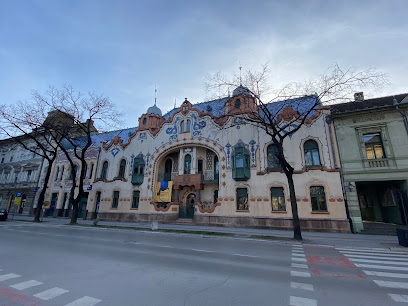
City Library
Discover the charm and cultural significance of Subotica's City Library, a must-visit for literature lovers and curious travelers alike.
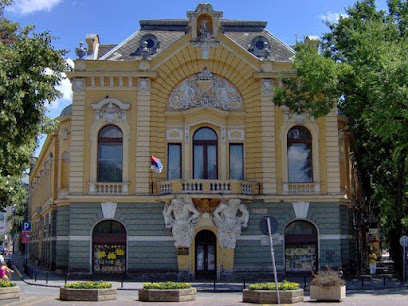
Tourist organization of the city of Subotica
Explore Subotica through its Tourist Organization, the gateway to local insights, attractions, and unforgettable experiences in this vibrant city.
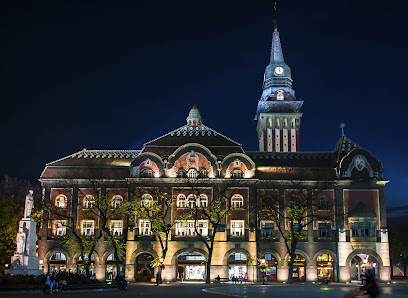
Monument to Fallen Soldiers and Victims of Fascism
Discover the Monument to Fallen Soldiers and Victims of Fascism in Subotica, a historic landmark reflecting resilience and remembrance amidst serene gardens.
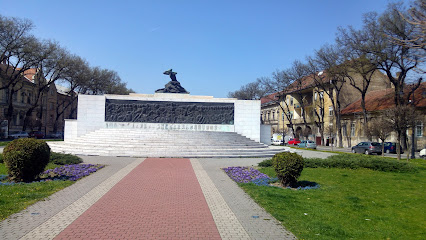
Mini Jugoslavija - Yugoland
Explore Mini Jugoslavija - a unique playground in Subotica featuring miniature replicas of iconic Yugoslav landmarks, perfect for families and cultural enthusiasts.
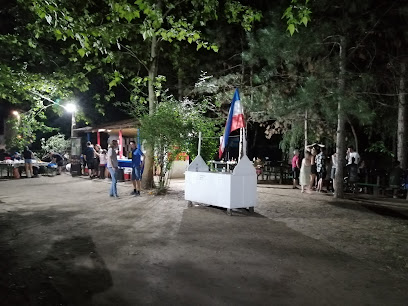
Monument King Petar I Karađorđević
Explore the Monument of King Petar I Karađorđević in Subotica, a serene memorial surrounded by nature, reflecting on Serbian heritage and history.
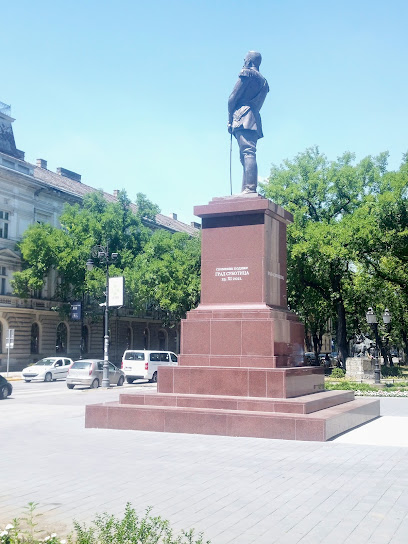
Porodična kuća Đorđa Manojlovića
Explore the rich history and stunning architecture of Porodična kuća Đorđa Manojlovića in Subotica, a must-see historical landmark.
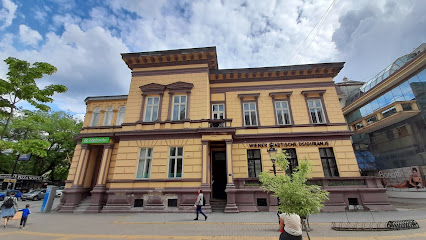
SDK bank building
Discover the SDK Bank Building: a historical gem and architectural marvel in Subotica, showcasing rich heritage and stunning design.

Unmissable attractions to see
Palić Nature Park
Explore Palić Nature Park, a serene nature preserve in Serbia filled with scenic trails, diverse wildlife, and beautiful landscapes perfect for every traveler.
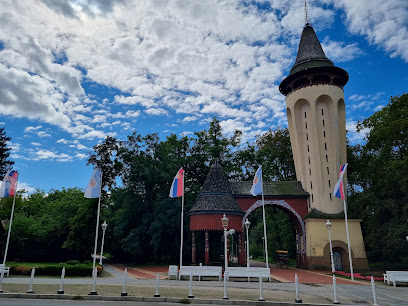
Votive Church of Szeged
Explore the Votive Church of Szeged, a breathtaking Neo-Romanesque architectural marvel and a cultural landmark in Hungary.
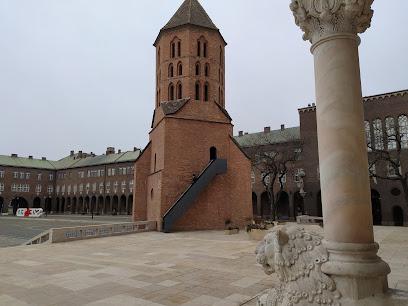
Buvljak
Explore Buvljak, Subotica's lively flea market, where local culture, unique finds, and delicious food await every curious traveler.
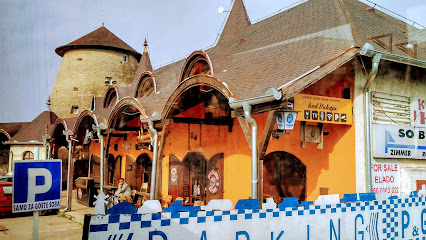
Szechenyi Square
Explore the enchanting Szechenyi Square in Szeged, Hungary, where vibrant landscapes meet rich history and lively cultural experiences.
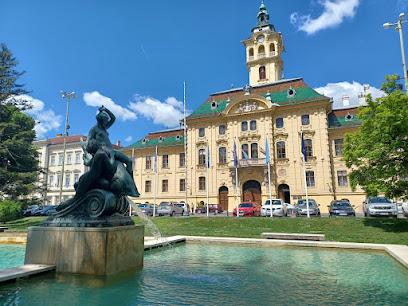
Botanical Garden of Szeged
Explore the Botanical Garden of Szeged, a stunning blend of nature and education, perfect for a peaceful escape amidst diverse plant life.
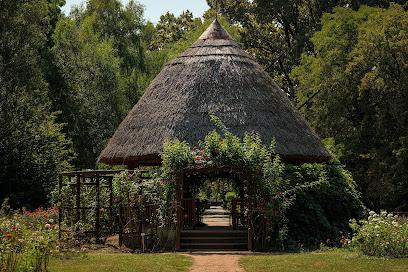
Blue fountain
Discover the stunning Blue Fountain in Subotica, a breathtaking blend of artistry and tranquility at the heart of the city.
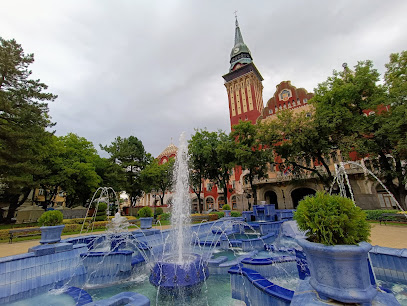
Ferenc Rajhl Park
Explore the tranquil beauty of Ferenc Rajhl Park, where lush landscapes and serene pathways create a perfect escape in Subotica, Serbia.
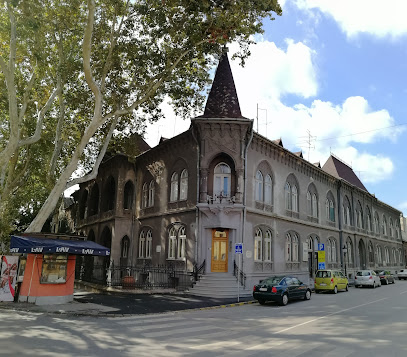
Palic Lake
Experience the tranquility of Palic Lake, a serene reservoir in Serbia, ideal for relaxation, recreation, and immersing in nature's beauty.
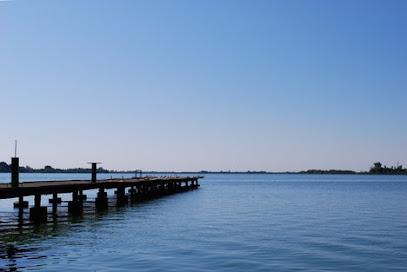
Subotica Sands
Explore Subotica Sands, a breathtaking nature preserve near Subotica, offering tranquility, wildlife, and stunning landscapes for every traveler.
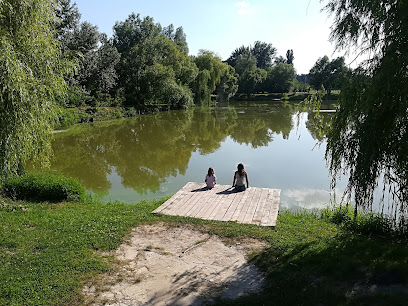
Vinarija Zvonko Bogdan
Discover the charm of Vinarija Zvonko Bogdan in Palić, where exquisite wines meet breathtaking views in a captivating winery experience.
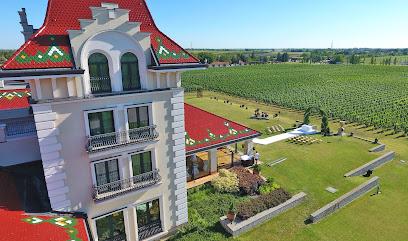
City Hall
Explore the stunning City Hall of Subotica, a majestic architectural masterpiece and cultural hub in the heart of the city.
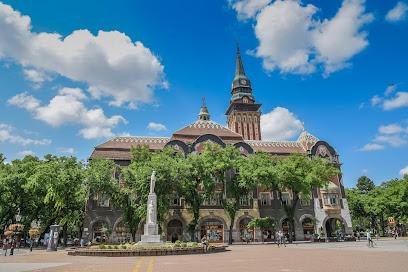
Vinarija Zvonko Bogdan
Explore the beauty of Serbian winemaking at Vinarija Zvonko Bogdan, where exquisite wines meet stunning landscapes in Palić.
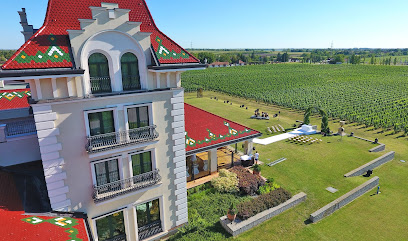
Dóm tér
Discover Szeged's Dóm Tér: A cultural gem with stunning architecture, vibrant atmosphere, and rich history waiting to be explored.

Reök Palace
Explore the architectural beauty and cultural richness of Reök Palace, an Art Nouveau gem in Szeged, Hungary.
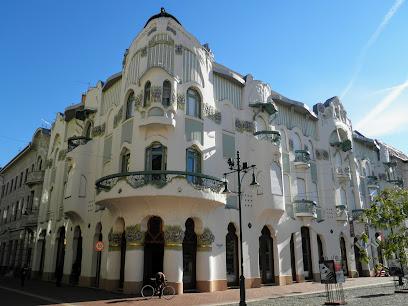
National Theatre
Experience the cultural charm of Subotica at the National Theatre, a hub of performing arts showcasing local and international talent.
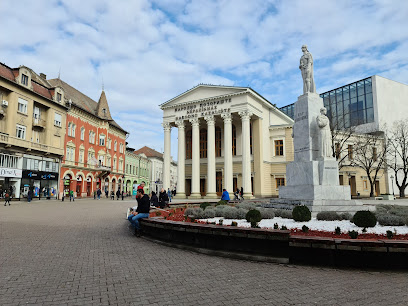
Essential places to dine
Boss Caffe
Discover diverse culinary delights at Boss Caffe in Subotica - from Chinese dishes to delicious pizzas paired with fine wines.
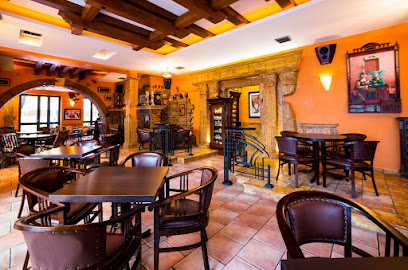
DENIS gastro TEMPLE
Savor authentic Italian flavors at DENIS gastro TEMPLE - your go-to spot for delicious pizza and exquisite dining in Subotica.
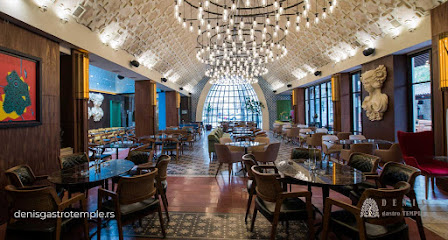
Abraham
Experience authentic Serbian flavors at Abraham Restaurant in Palić – where every meal is a celebration of taste and tradition.
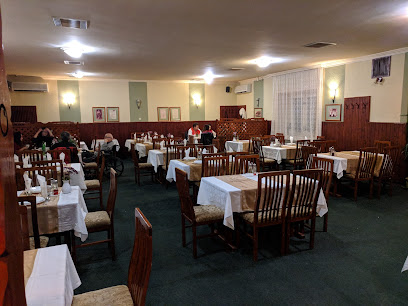
Basch House 1887
Discover Basch House 1887 in Subotica - where historic charm meets culinary excellence for an unforgettable dining experience.
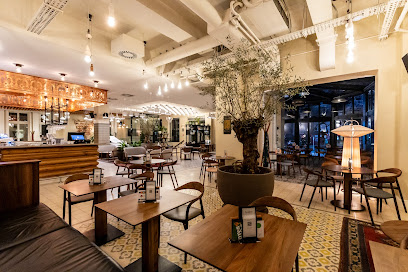
Stara picerija - Since 1977
Experience the rich culinary traditions at Stara Picerija in Subotica - where Serbian meets Mexican and Italian flavors.
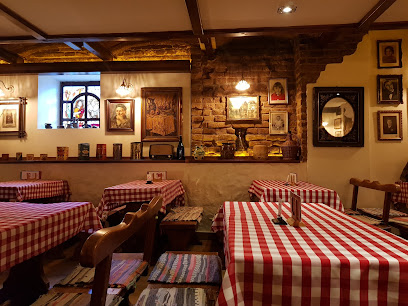
Bates
Discover Bates in Subotica: A culinary haven offering a delightful mix of traditional Serbian dishes and international flavors.
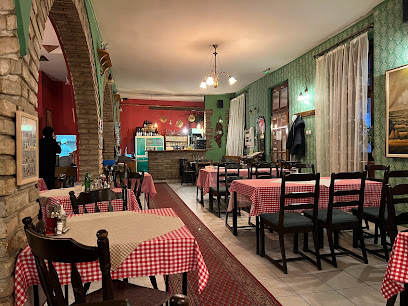
Mala Gostiona
Discover authentic Serbian cuisine in the heart of Palić at Mala Gostiona - where every dish tells a story.
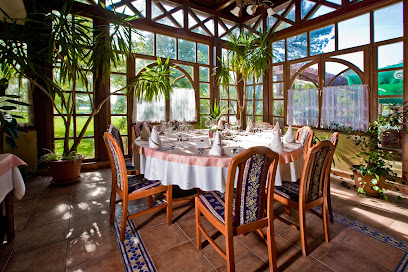
McDonald’s Gradska kuća
Experience the taste of home at McDonald’s Gradska kuća – where classic fast food meets local charm in beautiful Subotica.
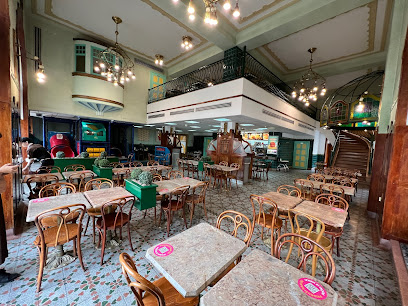
Lipa
Experience the authentic flavors of Serbia at Lipa Bakery in Subotica—your go-to spot for delicious pastries and breakfast delights.
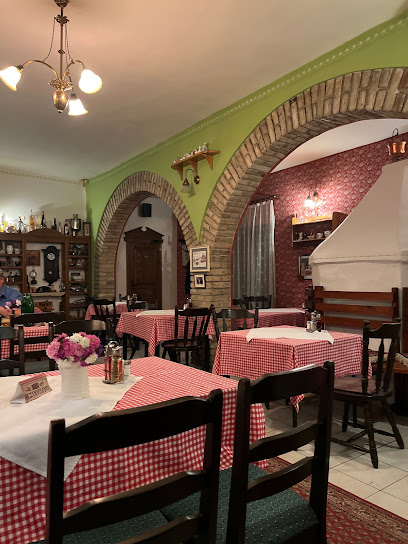
FAST FOOD THE BEST 2
Savor quick bites at FAST FOOD THE BEST 2 in Subotica—where tasty meets affordable in fast food delight!
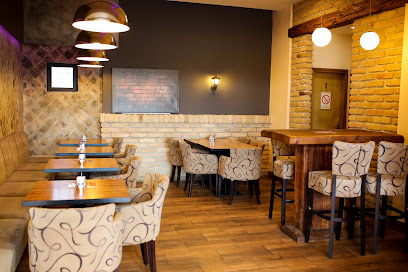
Riblja čarda
Discover Riblja čarda: A lakeside restaurant in Palić offering fresh fish dishes amidst stunning scenery.
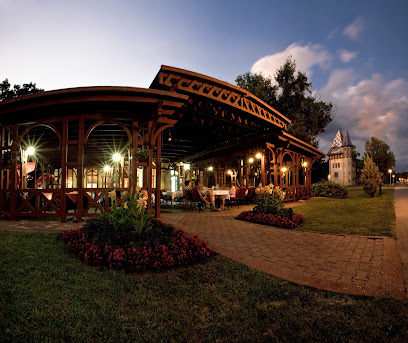
Caffe-Restaurant Renaissance
Experience exquisite cuisine and stunning ambiance at Caffe-Restaurant Renaissance in Subotica – a perfect blend of local flavors and international delights.
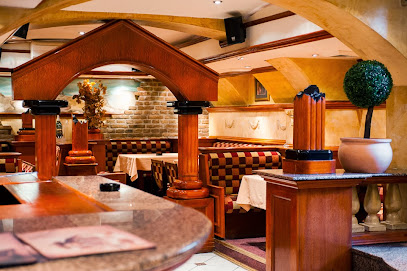
Fabrika - Burger & Pizza Bar
Discover Fabrika - Burger & Pizza Bar in Subotica: where gourmet burgers meet artisanal pizzas in a vibrant atmosphere.
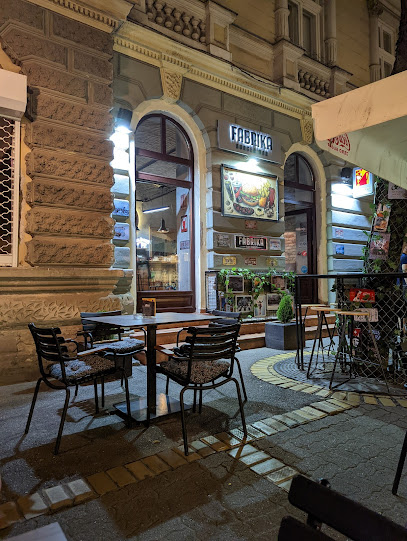
Arte Del Gusto
Experience authentic Italian flavors at Arte Del Gusto in Subotica – where every pizza is crafted with passion and tradition.
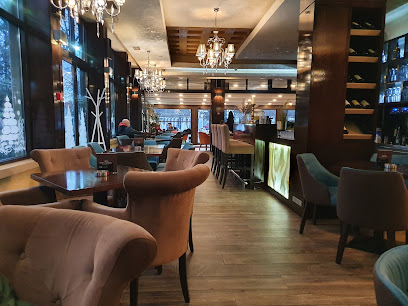
Don
Experience authentic Serbian flavors at Don Restaurant in Subotica – where tradition meets contemporary dining.
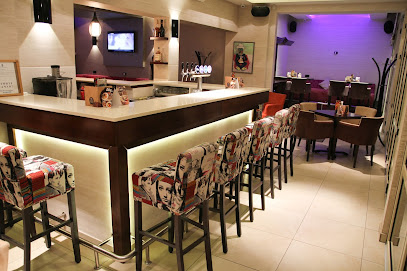
Markets, malls and hidden boutiques
Stop Shop Subotica
Discover Stop Shop Subotica, a vibrant shopping mall offering diverse retail and dining experiences in a cozy setting.
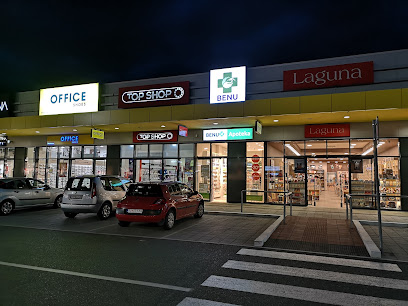
Roda Mega
Discover Roda Mega in Subotica for an exceptional shopping experience, blending local culture with international brands and delicious dining options.
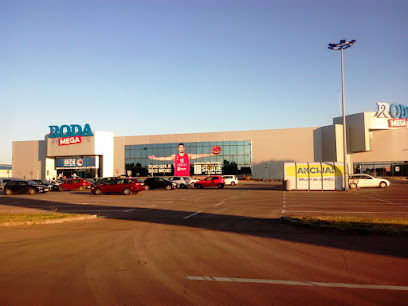
Stil B Knjižara
Explore a charming bookstore in Subotica, where literature, culture, and community come together to create a unique shopping experience.
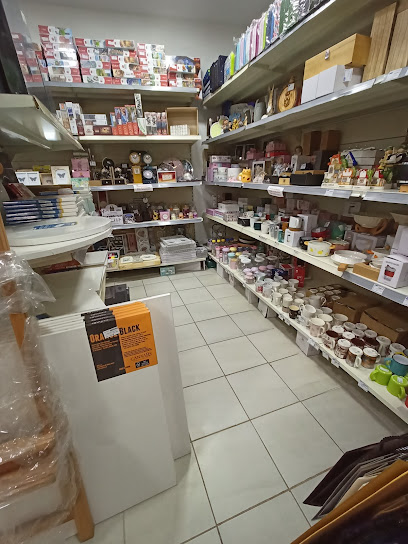
Vape Shop Umbrella Elektronske Cigarete Subotica
Explore Vape Shop Umbrella in Subotica for an exceptional selection of vaporizers and hookahs, and immerse yourself in a unique vaping culture.
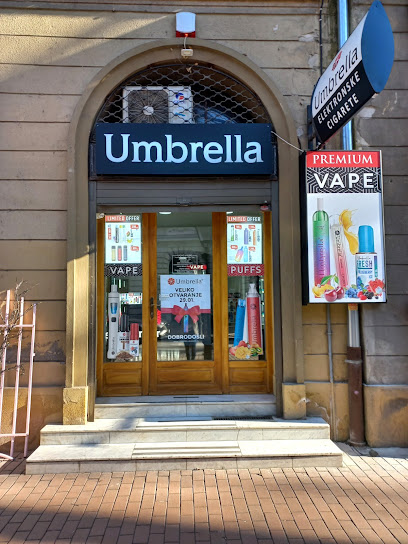
Hobby
Discover Hobby in Subotica, where passion for pets meets a stunning selection of aquariums and supplies.

Mayur Shop
Explore Mayur Shop in Subotica for top-notch tools and elegant doors, blending quality craftsmanship with local expertise.
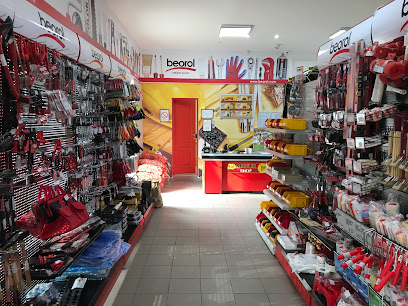
Planeta Sport
Discover high-quality sportswear and active gear at Planeta Sport, the ultimate destination for sports enthusiasts in Subotica.
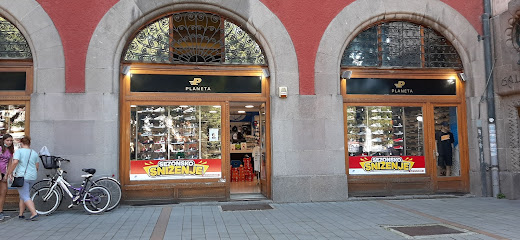
BRITISH TEXTIL
Explore the vibrant fashion scene at British Textil, a unique clothing store in Subotica offering contemporary styles and local craftsmanship.

Unikat Jeweller Subotica
Discover the artistry of handcrafted jewelry at Unikat Jeweller in Subotica, where tradition meets elegance in every piece.
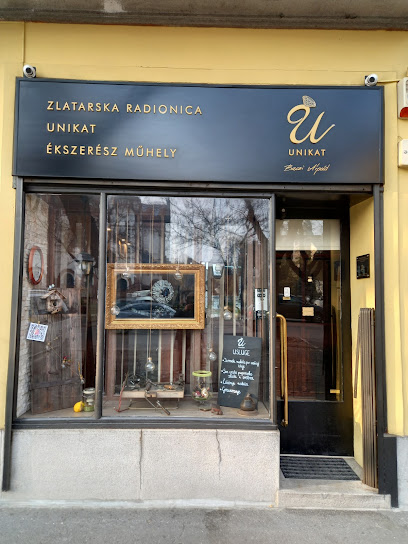
Luna-Odela-Subotica
Explore Luna-Odela-Subotica: A Boutique of Local Crafts and Unique Gifts in the Heart of Subotica.

Idea Centar
Discover the local flavors and vibrant culture at Idea Centar, a premier supermarket in Subotica, offering fresh produce and unique regional products.
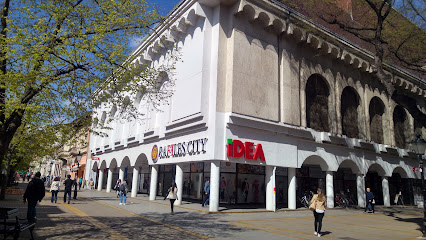
CreativeShop
Discover CreativeShop in Subotica for unique souvenirs, stylish gifts, and local crafts, perfect for every traveler seeking a piece of Serbian charm.
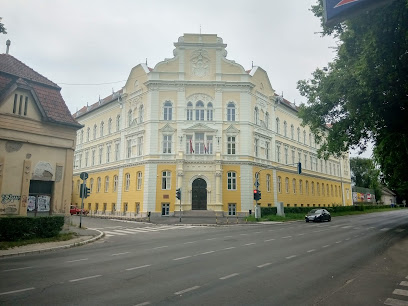
Legend Subotica Korzo
Shop the latest trends in denim at Legend Subotica Korzo, a stylish jeans shop in the heart of Subotica offering quality, variety, and a vibrant shopping experience.
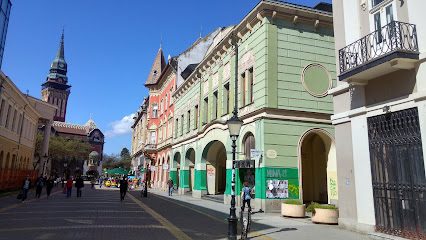
Hop Hop Shop
Explore diverse footwear styles at Hop Hop Shop in Subotica, where quality meets fashion in an inviting atmosphere.
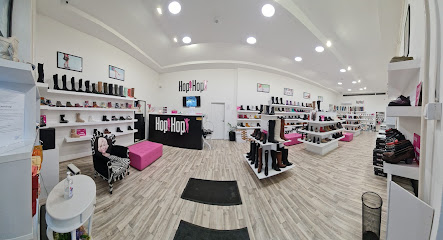
Eklix
Explore Eklix in Subotica, the ultimate internet shop for all your tech needs while enjoying your travel adventure.
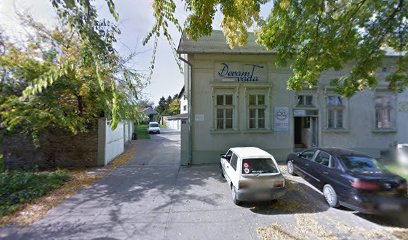
Essential bars & hidden hideouts
Boss Caffe
Discover the culinary delights of Subotica at Boss Caffe, where diverse flavors meet a warm ambiance for an unforgettable dining experience.
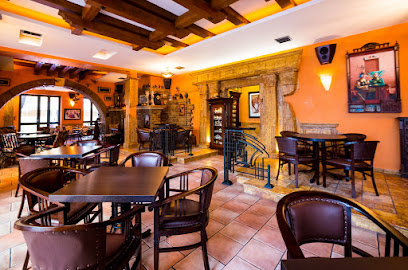
Oasis Pub
Experience the vibrant atmosphere and diverse drink selection at Oasis Pub, the perfect bar for tourists in Subotica.
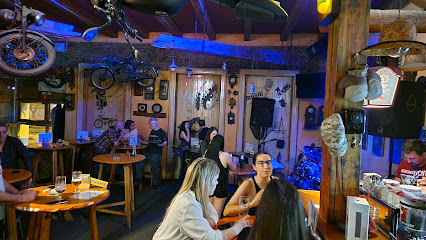
Samo Pivo Subotica
Discover a diverse beer selection at Samo Pivo Subotica, a bar that celebrates local brews and vibrant nightlife in the heart of the city.
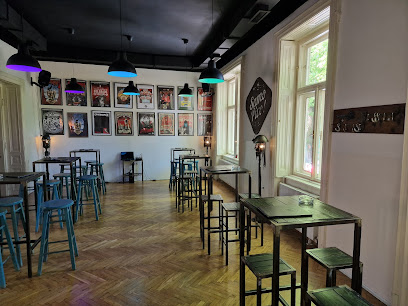
Beer & Caffe Bar
Experience the vibrant atmosphere of Subotica at Beer & Caffe Bar, where local brews and friendly vibes come together for an unforgettable night out.
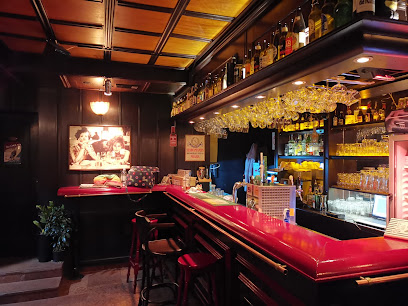
Klein House Social Bar and Art Gallery
Discover the vibrant blend of art and wine at Klein House Social Bar and Art Gallery in Subotica, where every sip tells a story.
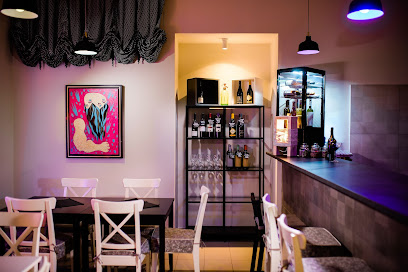
DOT CONCEPT BAR
Experience the lively atmosphere and diverse drink selections at DOT CONCEPT BAR in Subotica, a perfect blend of local culture and modern flair.
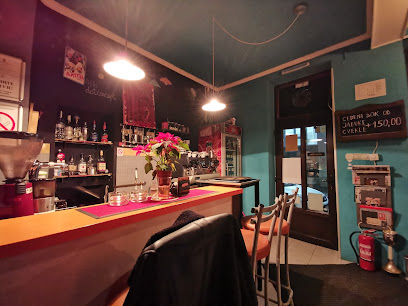
Thalia
Experience the vibrant atmosphere of Thalia, Subotica’s perfect bar for locals and tourists to enjoy delightful drinks and good company.
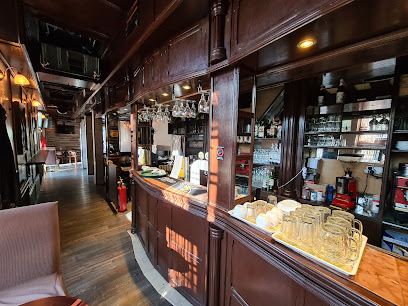
Bikers bar ''Kod Vukoja''
Discover Bikers Bar 'Kod Vukoja' in Subotica - a lively bar celebrating biker culture with great drinks, food, and an unforgettable atmosphere.
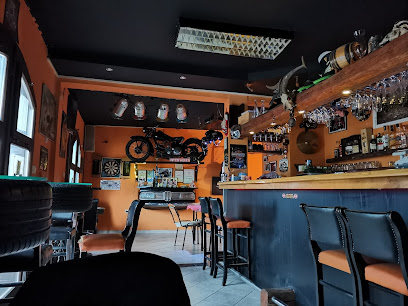
Bubamara
Discover the vibrant atmosphere and authentic flavors at Bubamara, a charming beer hall in Subotica, perfect for beer lovers and food enthusiasts alike.

Ljiljan cocktail bar
Discover the vibrant nightlife at Ljiljan Cocktail Bar in Subotica, where exquisite cocktails and a cozy atmosphere await every evening.
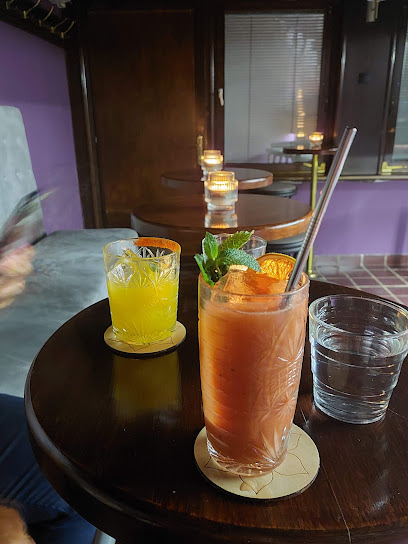
Grand
Explore Subotica's nightlife at the Grand Bar, a lively destination offering a unique blend of local drinks and vibrant entertainment.

Roly
Experience the vibrant nightlife of Subotica at Roly, a cozy bar offering a wide range of drinks and a welcoming atmosphere.
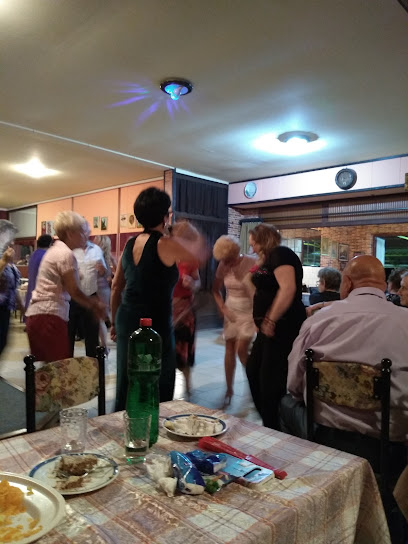
Flare bar
Discover Subotica's vibrant nightlife at Flare Bar, where expertly crafted cocktails and a lively atmosphere await every visitor.
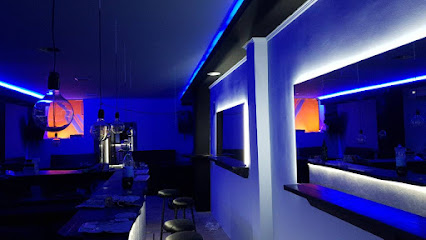
Caffe Bar Sidro
Experience the cozy charm of Caffe Bar Sidro in Subotica, where friendly service meets a delightful drink selection in a warm atmosphere.
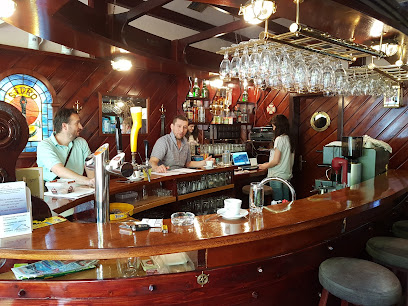
BakarBar
Explore the lively nightlife of Subotica at BakarBar, where local charm meets an extensive drink menu, perfect for unwinding after a day of adventures.
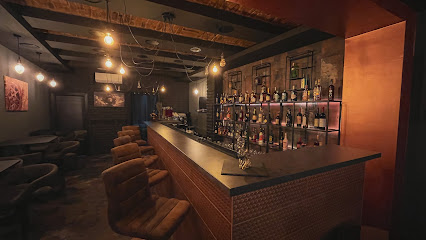
Local Phrases
-
- HelloZdravo
[Zdrah-voh] - GoodbyeDoviđenja
[Doh-vee-jeh-nya] - YesDa
[Dah] - NoNe
[Neh] - Please/You're welcomeMolim
[Moh-leem] - Thank youHvala
[Hvah-lah] - Excuse me/SorryIzvinite
[Eez-vee-nee-teh] - How are you?Kako si?
[Kah-koh see?] - Fine. And you?Dobro. A ti?
[Doh-bro. Ah tee?] - Do you speak English?Govorite li engleski?
[Goh-voh-ree-teh lee ehn-gleh-skee?] - I don't understandNe razumem
[Neh rah-zoo-mehm]
- HelloZdravo
-
- I'd like to see the menu, pleaseMolim vas, želim da vidim meni
[Moh-leem vahs, zheh-leem dah vee-deem meh-nee] - I don't eat meatNe jedem meso
[Neh yeh-dehm meh-so] - Cheers!Živeli!
[Zhee-veh-lee] - I would like to pay, pleaseMolim vas, želim da platim
[Moh-leem vahs, zheh-leem dah plah-teem]
- I'd like to see the menu, pleaseMolim vas, želim da vidim meni
-
- Help!Pomoć!
[Poh-mohch!] - Go away!Idi odavde!
[Ee-dee oh-dahv-deh!] - Call the Police!Pozovite policiju!
[Poh-zoh-vee-teh poh-lee-tsee-yoo!] - Call a doctor!Pozovite doktora!
[Poh-zoh-vee-teh dohk-toh-rah!] - I'm lostIzgubio sam se
[Eez-goo-byoh sahm seh] - I'm illBolestan sam
[Boh-leh-stahn sahm]
- Help!Pomoć!
-
- I'd like to buy...Želeo bih da kupim...
[Zheh-leh-oh bee dah koo-peem] - I'm just lookingSamo gledam
[Sah-moh gleh-dahm] - How much is it?Koliko košta?
[Koh-lee-koh koh-shta?] - That's too expensiveTo je previše skupo
[Toh yeh preh-vee-sheh skoo-poh] - Can you lower the price?Možete li da spustite cenu?
[Moh-zheh-teh lee dah spoo-stee-teh tseh-noo?]
- I'd like to buy...Želeo bih da kupim...
-
- What time is it?Koliko je sati?
[Koh-lee-koh yeh sah-tee?] - It's one o'clockJedan je sat
[Yeh-dahn yeh saht] - Half past (10)Pola (deset)
[Poh-lah (deh-set)] - MorningJutro
[Yoo-troh] - AfternoonPopodne
[Poh-poh-dneh] - EveningVeče
[Veh-cheh] - YesterdayJuče
[Yoo-cheh] - TodayDanas
[Dah-nahs] - TomorrowSutra
[Soo-trah] - 1Jedan
[Yeh-dahn] - 2Dva
[Dvah] - 3Tri
[Tree] - 4Četiri
[Cheh-tee-ree] - 5Pet
[Peh-t] - 6Šest
[Shehst] - 7Sedam
[Seh-dahm] - 8Osam
[Oh-sahm] - 9Devet
[Deh-veht] - 10Deset
[Deh-set]
- What time is it?Koliko je sati?
-
- Where's a/the...?Gde je...?
[Gdeh yeh...?] - What's the address?Koja je adresa?
[Koh-yah yeh ah-deh-sah?] - Can you show me (on the map)?Možete li da mi pokažete (na mapi)?
[Moh-zheh-teh lee dah mee poh-kah-zheh-teh (nah mah-pee)?] - When's the next (bus)?Kada je sledeći (autobus)?
[Kah-dah yeh sleh-deh-chee (ow-toh-boos)?] - A ticket (to ....)Jednu kartu (do ....)
[Yeh-dnoo kahr-too (doh ....)]
- Where's a/the...?Gde je...?
History of Subotica
-
The area where Subotica is located has been inhabited since prehistoric times. Archaeological findings suggest that various tribes, including the Illyrians and Celts, settled in the region. Evidence of Roman influence also exists, indicating that the settlement played a role in the ancient trade routes.
-
The first recorded mention of Subotica dates back to 1391, under the name Zabotka. During the medieval period, it was a significant market town. Subotica fell under Ottoman rule in the 16th century, which lasted until the end of the 17th century. The city experienced cultural and architectural influences from the Ottomans, including the construction of mosques and public baths.
-
After the Ottoman period, Subotica became part of the Habsburg Monarchy following the Treaty of Karlowitz in 1699. The city was incorporated into the Military Frontier, a buffer zone against Ottoman incursions. During this time, Subotica saw an influx of settlers from various parts of the Habsburg Empire, contributing to its diverse cultural tapestry.
-
The 19th century was a period of significant growth and modernization for Subotica. The city became an important administrative and economic center within the Kingdom of Hungary, part of the Austro-Hungarian Empire. Notable architectural landmarks, such as the City Hall and the Synagogue, were constructed during this period, showcasing the city's Art Nouveau style.
-
Following World War I and the Treaty of Trianon in 1920, Subotica became part of the newly formed Kingdom of Serbs, Croats, and Slovenes (later Yugoslavia). The interwar period was marked by economic challenges but also cultural flourishing, with the establishment of various cultural and educational institutions.
-
During World War II, Subotica was occupied by Hungarian forces aligned with the Axis powers. The city endured significant hardship, including the persecution of its Jewish community. After the war, Subotica became part of socialist Yugoslavia. The post-war period saw industrialization and urban development, contributing to the city's modern landscape.
-
In the post-Yugoslav era, Subotica became part of the Republic of Serbia. Today, it is known for its multicultural heritage, with a significant Hungarian minority. The city continues to celebrate its diverse cultural influences through festivals, cuisine, and architectural preservation, making it a unique destination in Serbia.
Subotica Essentials
-
Subotica is located in the northern part of Serbia, close to the Hungarian border. The nearest major airport is Nikola Tesla Airport in Belgrade, approximately 200 kilometers away. From Belgrade, you can take a train or a bus to Subotica. The train journey takes about 2.5 to 3 hours, while the bus takes around 3 hours. Alternatively, you can drive, which typically takes about 2 hours via the A1 highway.
-
Subotica has a well-developed public transportation system, including buses and taxis. Buses are a convenient and affordable way to get around the city, with frequent routes covering most areas. Taxis are also readily available and relatively inexpensive. For those who prefer to explore at their own pace, renting a car is a viable option. The city center is quite walkable, and many attractions are within a short distance from each other.
-
The official currency in Serbia is the Serbian Dinar (RSD). Credit cards are widely accepted in hotels, restaurants, and larger shops. However, it is advisable to carry some cash, especially when visiting smaller establishments or markets. ATMs are widely available throughout Subotica, and currency exchange services can be found in banks and exchange offices.
-
Subotica is generally a safe city for tourists. Standard precautions should be taken, such as avoiding poorly lit areas at night and keeping an eye on personal belongings in crowded places. There are no specific high-crime areas targeting tourists, but it is always best to stay vigilant and aware of your surroundings.
-
In case of an emergency, dial 112 for immediate assistance. Subotica has well-equipped medical facilities and a local police station. It is recommended to have travel insurance that covers medical emergencies. For minor health issues, pharmacies are available where over-the-counter medications can be purchased.
-
Fashion: Do dress modestly, especially when visiting religious sites. Avoid overly revealing clothing. Religion: Do respect local customs and traditions. When visiting churches, dress conservatively and be respectful. Public Transport: Do give up your seat for the elderly and disabled. Don’t eat or drink on public transport. Greetings: Do greet people with a handshake. A friendly nod or a slight bow is also appreciated. Eating & Drinking: Do try local dishes and accept food offerings graciously. Don’t refuse hospitality, as it may be considered impolite.
-
To experience Subotica like a local, visit the local markets where you can buy fresh produce and traditional Serbian goods. Engage with locals, who are often friendly and willing to share stories about the city's history and culture. Don’t miss visiting the Art Nouveau buildings and the famous Subotica Synagogue. For a unique experience, take a stroll around the Palić Lake, which is a popular spot for both locals and tourists.
Trending Landmark in Subotica
-
Blue fountain
-
Subotica Synagogue
-
Ferenc Rajhl Park
-
Subotica Sands
-
City Hall
-
Square of the Victims of Fascism
-
City Museum Subotica
-
Raichle Palace
-
City Library
-
Tourist organization of the city of Subotica
-
Monument to Fallen Soldiers and Victims of Fascism
-
Mini Jugoslavija - Yugoland
-
Monument King Petar I Karađorđević
-
Porodična kuća Đorđa Manojlovića
-
SDK bank building
Nearby Cities to Subotica
-
Things To Do in Szeged
-
Things To Do in Kecskemet
-
Things To Do in Novi Sad
-
Things To Do in Pecs
-
Things To Do in Arad
-
Things To Do in Szekesfehervar
-
Things To Do in Belgrade
-
Things To Do in Pančevo
-
Things To Do in Budapest
-
Things To Do in Veszprem
-
Things To Do in Smederevo
-
Things To Do in Tatabanya
-
Things To Do in Tuzla
-
Things To Do in Vac
-
Things To Do in Keszthely




